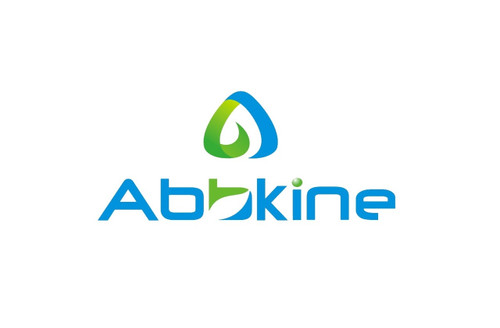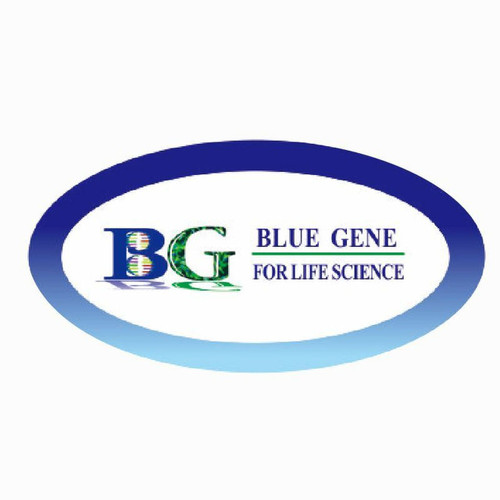Product Description
Human Regucalcin (RGN) ELISA Kit | AE22352HU | Abebio
Species Reactivity: Human (Homo sapiens)
Abbreviation: RGN
Alternative Name: CTD-2522E6.2; RC; SMP30; OTTHUMP00000023196|regucalcin|senescence marker protein-30
Application: ELISA
Range: 0.312-20 ng/mL
Sensitivity: 0.109 ng/mL
Intra-Assay: ≤5.8%
Inter-Assay: ≤9.5%
Recovery: 1, 02
Sample Type: Serum, Plasma, Other biological fluids
Detection Method: Sandwich
Analysis Method : Quantitive
Test Principale: This assay employs a two-site sandwich ELISA to quantitate RGN in samples. An antibody specific for RGN has been pre-coated onto a microplate. Standards and samples are pipetted into the wells and anyRGN present is bound by the immobilized antibody. After removing any unbound substances, a biotin-conjugated antibody specific for RGN is added to the wells. After washing, Streptavidin conjugated Horseradish Peroxidase (HRP) is added to the wells. Following a wash to remove any unbound avidin-enzyme reagent, a substrate solution is added to the wells and color develops in proportion to the amount of RGN bound in the initial step. The color development is stopped and the intensity of the color is measured.
Product Overview: Regucalcinis a highly conserved, calcium-binding protein, that is preferentially expressed in the liver and kidney. It may have an important role in calcium homeostasis. Studies in rat indicate that this protein may also play a role in aging, as it shows age-associated down-regulation. This gene is part of a gene cluster on chromosome Xp11.3-Xp11.23. Alternative splicing results in two transcript variants having different 5' UTRs, but encoding the same protein. Regucalcin is a proposed name for a calcium-binding protein that was discovered in 1978.Regucalcin differs from calmodulin and other Ca2+-related proteins as it does not contain an EF-hand motif of Ca2+-binding domain. It may regulate the effect of Ca2+ on liver cell functions.
Stability: The stability of ELISA kit is determined by the loss rate of activity. The loss rate of this kit is less than 5% within the expiration date under appropriate storage condition. The loss rate was determined by accelerated thermal degradation test. Keep the kit at 37°C for 4 and 7 days, and compare O.D.values of the kit kept at 37°C with that of at recommended temperature. (referring from China Biological Products Standard, which was calculated by the Arrhenius equation. For ELISA kit, 4 days storage at 37°C can be considered as 6 months at 2 - 8°C, which means 7 days at 37°C equaling 12 months at 2 - 8°C) .
 Euro
Euro
 USD
USD
 British Pound
British Pound
 NULL
NULL








